OPETH AT ROCKFIELD - THE STEFAN BOMAN INTERVIEW: PART 2

OPETH AT ROCKFIELD - THE STEFAN BOMAN INTERVIEW: PART 2

The first installment of this two-part series can be found here.
Achieving the perfect mix and master is a delicate balance of artistry and technical expertise. We recently chatted with renowned mix engineer Stefan Boman, who shared insights into his work on the forthcoming “The Last Will and Testament” album by Swedish metal giants Opeth. Read on to hear how it was to record at the legendary Rockfield Studios, what Stefan's signal chains looked like, and how his innovative use of Console 1 Channel Mk III helped shape the powerful and nuanced sound of the record.
Could you dive into the details of the signal chains you used? On the drums, bass, and guitars, for example?
When we recorded the drums, I believe we recorded two kick mics: one U47 FET, and I believe we also had an AKG D30. I think the chain was a U47 FET, Calrec preamp, and a DBX 160.
The rest of the kit probably just went straight in. We didn’t use too much on the drums — just the PYE compressors on the overheads, mostly MCI on the rest of the drums, except for the kick and snare, where we used a Urei 1176. The overheads were recorded with Coles mics through the MCI preamps on the console, and through the PYE compressors. The five toms went straight to the MCI desk, captured with 421s. One of the larger toms might have had a different mic.
I also had a bunch of different lo-fi mics that I processed quite heavily, distorting them and running them through a vintage Shure Level Loc.
“I’m not really a fan of doubling guitars. Sometimes it makes it fatter, but sometimes it can get a bit muddy, depending on the song. But on this album, we didn’t really need to do that.”
For the bass we recorded the DI signal, and we went through two amps: a Fender Bassman and a Darkglass amp. We miced them with a couple of U47 FET and then into the MCI console with a gentle 1176 compression because it was played so dynamically. I didn’t want to compress too much, because then you have to ride a fader into the compression to get a balanced compression all the time, so it was probably a pretty light compression.
For the main rhythm guitar sound, we alternated between two different sounds, and sometimes we switched them on the tracks. We had about three mics on each guitar. So, I think we used an SM57 and two Beyerdynamic mics. One was dynamic and one was a ribbon mic, plus a couple of U47 FET as room mics.
For the amps, we used two Friedman amps and a Marshall Plexi, and we also had a small, more modern Marshall.
For the guitar cabinet, we tried a bunch of different ones the band had brought. I think we tried at least three Marshalls and maybe an Orange cabinet but, in the end, we borrowed an older Marshall cabinet from Rockfield.
“What I love about the whole Console 1 approach, and how I've set up my rig, is that everything is within reach ... [that] helps me make quicker, better decisions.”
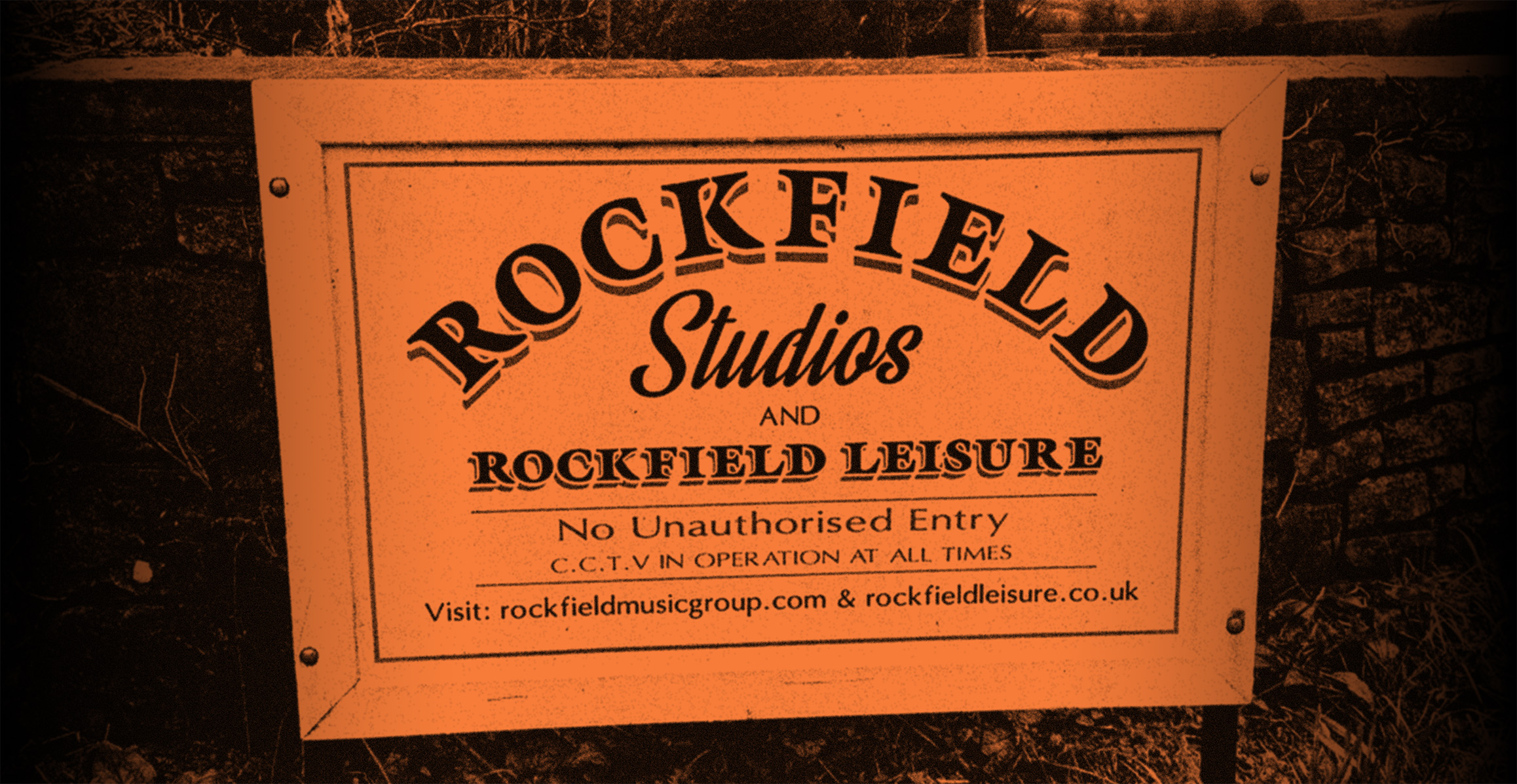
So, you set up a main sound that you used on almost the whole album?
Yes, exactly, pretty much. I think the rhythm guitars were mostly the same throughout the whole thing. I mean, when you think about guitar stuff, maybe we adjusted the distortion a bit, like whether it should be at five or 6.5.
Did each guitarist play the same parts in a song?
No, most of the rhythm parts weren’t double tracked; they each had their own channel. One would lay down their rhythm part throughout the whole song, and then the other would come in and do their part.
The guitar tracks are basically just one track each per guitar player, and maybe sometimes we added another guitar, but I’m not really a fan of doubling guitars. Sometimes it makes it fatter, but sometimes it can get a bit muddy, depending on the song. But on this album, we didn’t really need to do that.
If a riff needed two guitars, then both Mike and Fred played on their main channels.
I think it can become too much, too wall-of-sound and undefined instead. I like the feeling of hearing the whole attack or being able to distinguish it.
What about pedals? Did you use a boost on the Plexi to get enough gain for the main rhythm sound?
We probably used a little boost sometimes. Maybe something like an MXR, or something like that, but then Fredrik bought a pretty cool thing for the power to the Plexi that adjusts the power so you can adjust the distortion by changing how much power the amp was getting. It was called something like Brown Box, I think. It almost sounds like you’re adjusting the bias a bit, so it gets a bit grainier. But it could also affect the treble depending on how you set it. It wasn’t night and day, but it was still noticeable.
“I used the built-in distortion in Console 1, both the input stage, which has Tape, and that’s the stage I pushed harder.”
What channel strip do you use in Console 1? Did you create your own or use one of the pre-made ones?
I built my own. The SSL 4000 is kind of my go-to. It’s probably the closest thing I have to an instrument in the way I can quickly shape the sound. I already know how it’s going to respond when I adjust certain things, so it's the tool I’m most comfortable with.
What compressors did you use in that Console 1 channel strip?
I used two: the SSL 4K compressor and the Softube FET Compressor Mk II. Those were the main ones. What I love about the whole Console 1 approach, and how I've set up my rig, is that everything is within reach.
It makes the workflow faster?
Exactly. It speeds up my workflow and allows me to make subtle adjustments quickly because the tools are right in front of me. If I have a knob with distortion, I might just dial in 20% for a little extra flavor. But if I had to reach for another plug-in, I might end up overdoing it without realizing it. Having everything within reach helps me make quicker, better decisions.
“When we did the Atmos mix, I also had to mimic the mastering we did at Abbey Road because you need to compensate for that. Mastering for Atmos isn't as straightforward.”
So, you use the entire SSL SL 4000 E-Series, a Softube FET compressor, and some distortion as your main channel strip?
Right. I actually used a lot of the Drive, Shape, and Dual Dynamics from the Softube Console 1 Core Mixing Suite. That was really useful too. Sometimes it’s just about making these small, careful tweaks, but all those little changes add up.
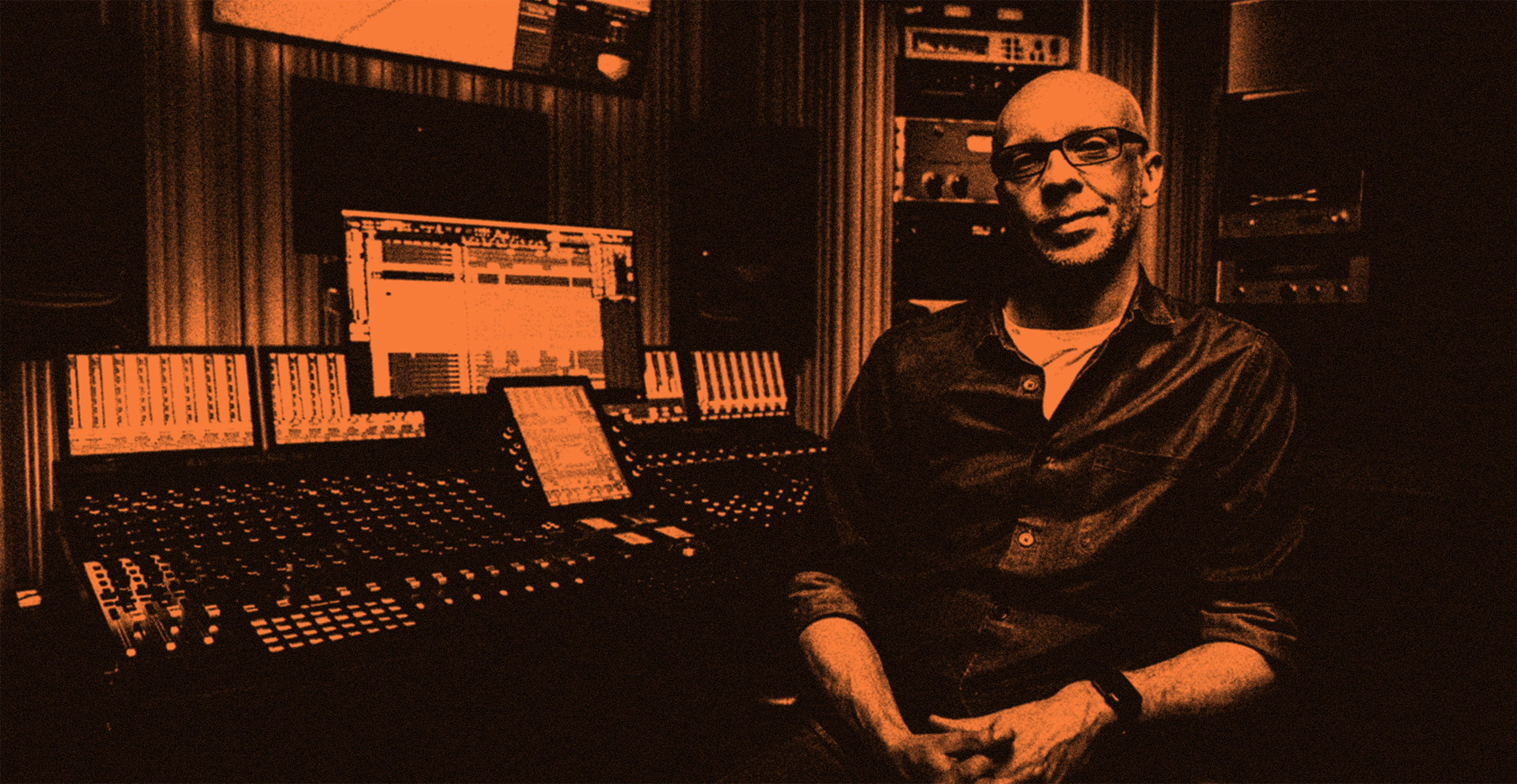
Do you use the same strip on all channels, or do you change it up?
I generally start with the same strip and tweak it from there. For vocals, I might adjust things a bit since you want certain dynamics, EQ, and multiband processing. But for most other tracks, I stick to the same setup, even on the mix bus, along with a bunch of other stuff.
Did you have to adjust the production knowing you’d be mixing in Atmos, or did you “think in stereo” and adapt later?
We did think about Atmos from the start, especially with extra mics on strings and drums. But when we decided to go for a drier sound, we ended up removing some of that. Still, we planned for it a bit during recording, thinking about three-dimensional sound and how to capture it. We tried to keep things as separated as possible.
So, the focus was on creating a solid stereo mix first?
Absolutely. Ninety percent of the time was spent on the stereo mix, but we kept Atmos in mind throughout. The routing and layout decisions were made to ensure an easy transition to Atmos.
“The Bus Processor. And I have Console 1 on [the master bus] too, with a Tube-Tech EQ and the drive section from the Empirical Labs Trak Pak ... for a tiny bit of grit.”
When we did the Atmos mix, I also had to mimic the mastering we did at Abbey Road because you need to compensate for that. Mastering for Atmos isn't as straightforward.
I used the built-in distortion in Console 1, both the input stage, which has Tape, and that’s the stage I pushed harder. I applied it to all my 128 master channels and tested it as a default. I tried increasing the input by 5 dB and lowering the output by 5 dB to compensate for the crunchiness of the mastering.
For the stereo mix, what was on your master bus?
The Bus Processor. And I have Console 1 on there too, with a Tube-Tech EQ and the drive section from the Empirical Labs Trak Pak. I used that a bit cautiously, for a tiny bit of grit, and a few other plug-ins.
Thank you so much for sharing your insights. It’s been interesting to hear about your process and how you work.
Thank you for having me. It’s been a pleasure.
Stefan Boman is a prominent name in the music production industry and is renowned for his exceptional skills as a mix engineer and mastering engineer. With a career that spans several decades, Stefan has worked with a wide range of artists, from metal icons to indie darlings, and has brought his unique touch to every project he undertakes. His expertise in blending technical precision with creative artistry has earned him acclaim in the industry.
Stefan is now making waves with his work on the highly anticipated new album by Swedish metal legends Opeth. His innovative use of tools like the Console 1 Channel Mk III highlights his dedication to pushing the boundaries of sound engineering, making him a sought-after talent in the music production world.
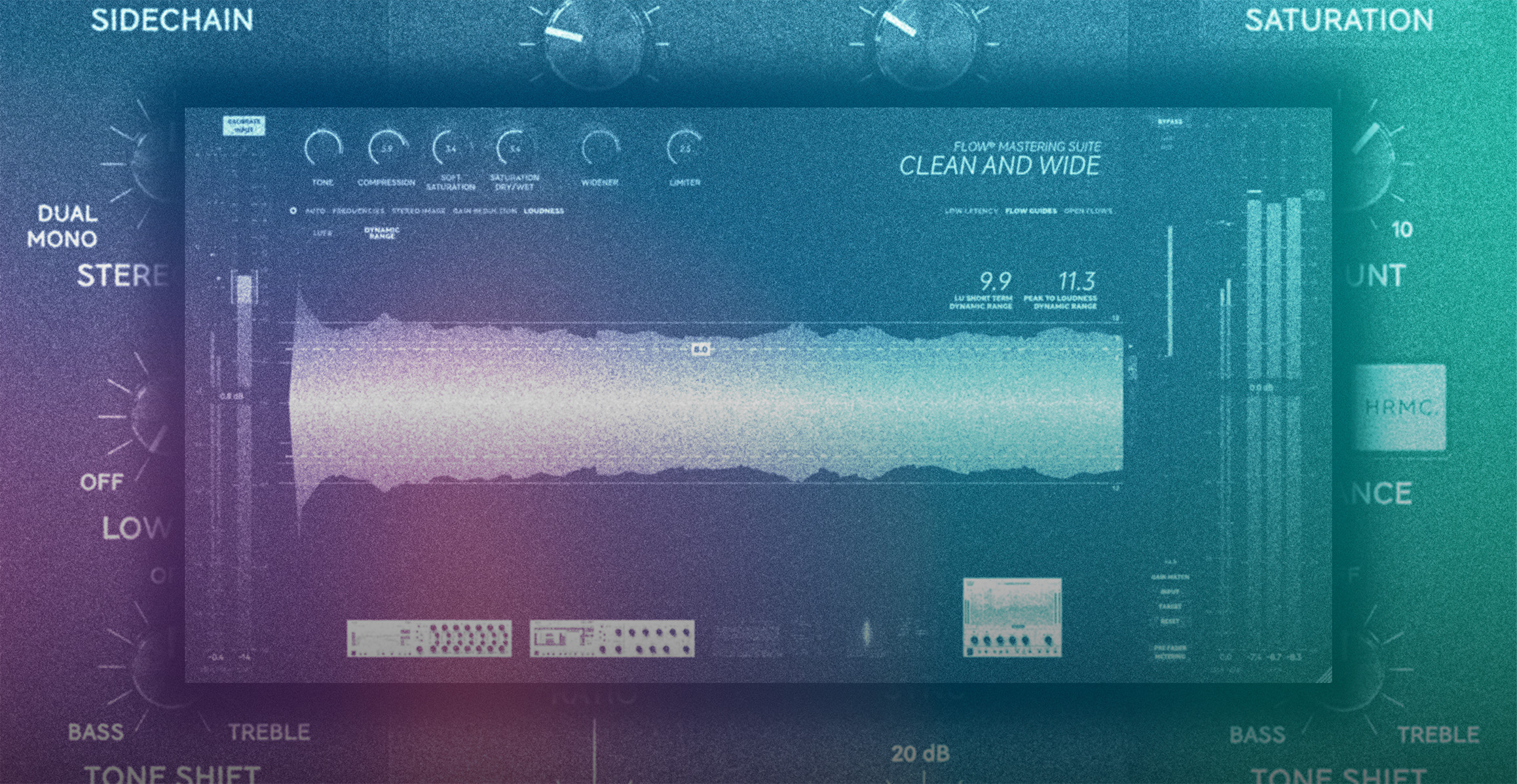
DYNAMIC RANGE IN MUSIC MASTERING: WHY IT MATTERS
Mastering music can feel like a daunting task for music producers. Technical balance is key, but artistic vision needs to shine through. Learn how and why dynamic range can help ensure your track sounds professional and maintains its emotional impact.
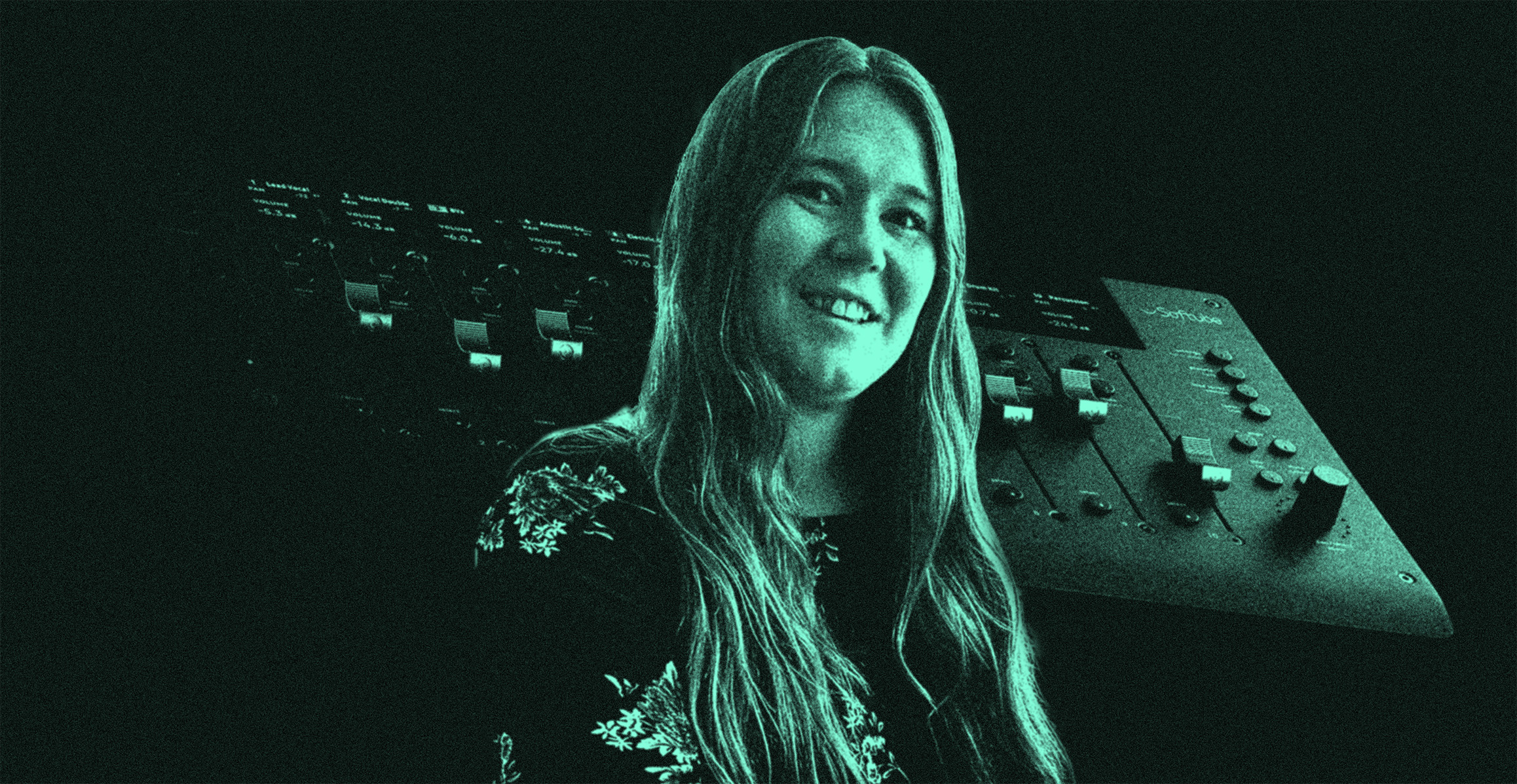
CONSOLE 1 FADER: A MECHANICAL ENGINEER'S POINT OF VIEW
Console 1 Fader Mk III has a lot of parts. Find out the component of the DAW controller our mechanical engineer likes best and get a behind the scenes look at the design and manufacture of the hardware from a unique perspective. From haptic feedback and analog feel to accessibility mode, Fader Mk III gives you feel and full control.
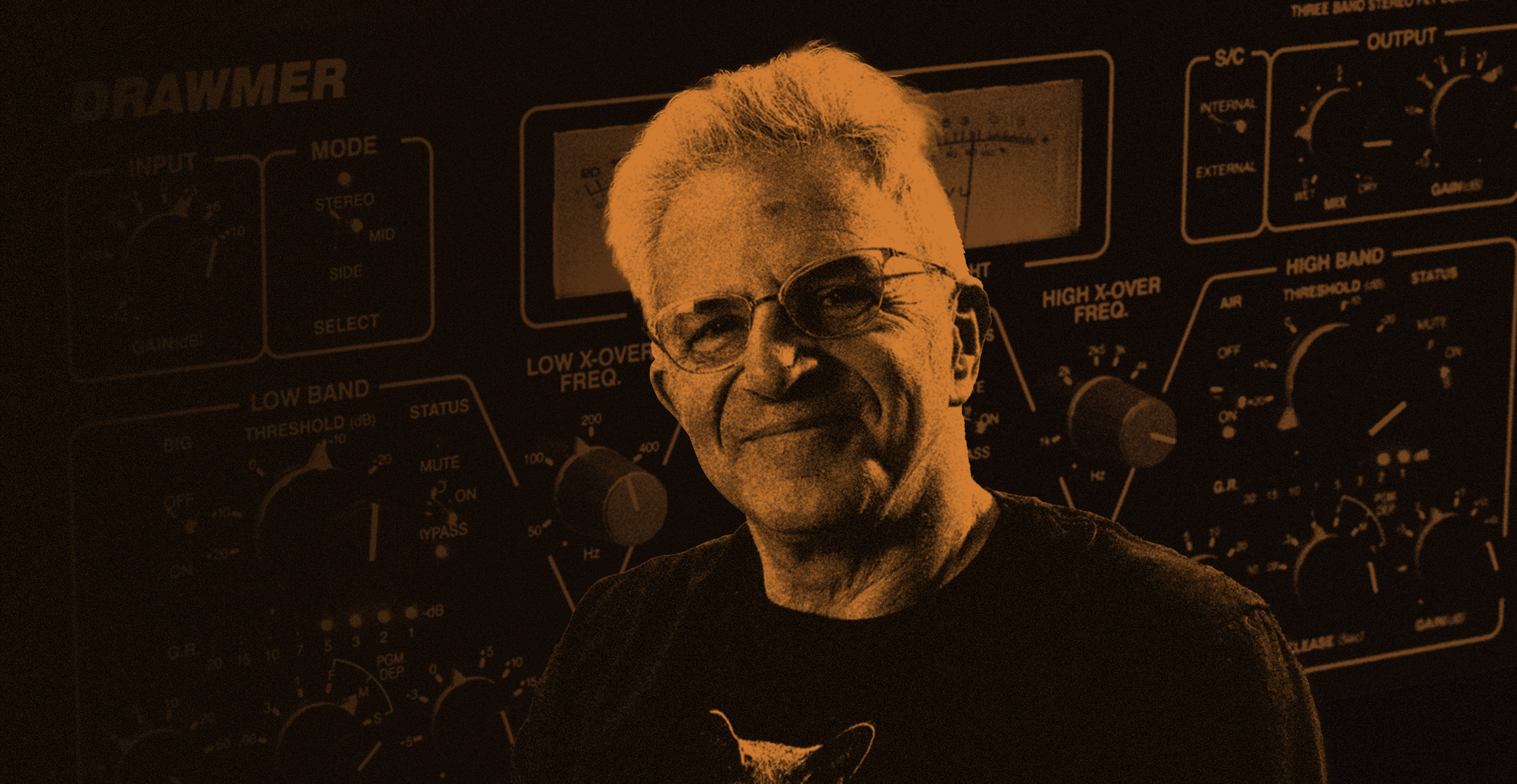
SMC 2B OR NOT 2B: THAT'S THE MULTIBAND QUESTION
Multiband compression questions? Mastering engineer and professor Jonathan Wyner has answers about multiband compressors and multiband tools. Get his thoughts and tips for how to use multiband compression in your music production in this article.